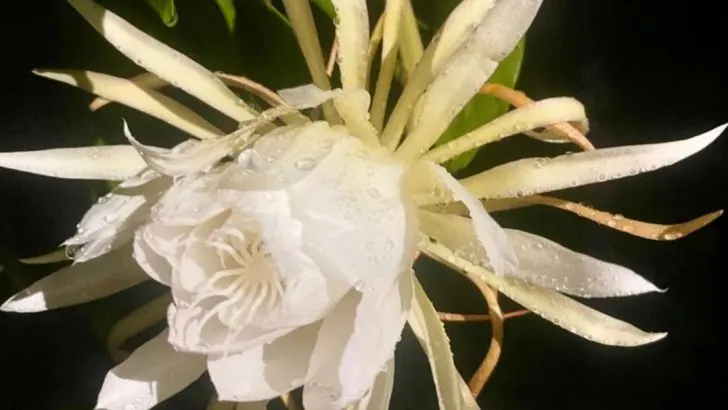Some gardens come alive when the sun sets. But what’s truly fascinating is how certain plants wait for the dark—to bloom, to release scent, even to attract creatures we rarely see. This is the quiet phenomenon I’ve come to call the Night Garden Effect.
While we sleep, moonflowers unfurl, jasmine intensifies, and pale leaves catch even the faintest starlight. Pollinators like moths and nocturnal beetles take over, and subtle movements continue in silence. These plants aren’t lazy or slow—they’re perfectly attuned to a hidden schedule we often ignore.
In this article, we’ll explore why some species reserve their magic for the night, how to build a garden that thrives after dark, and what it means to share space with life that blooms when we’re not watching.
Night-Blooming Jasmine
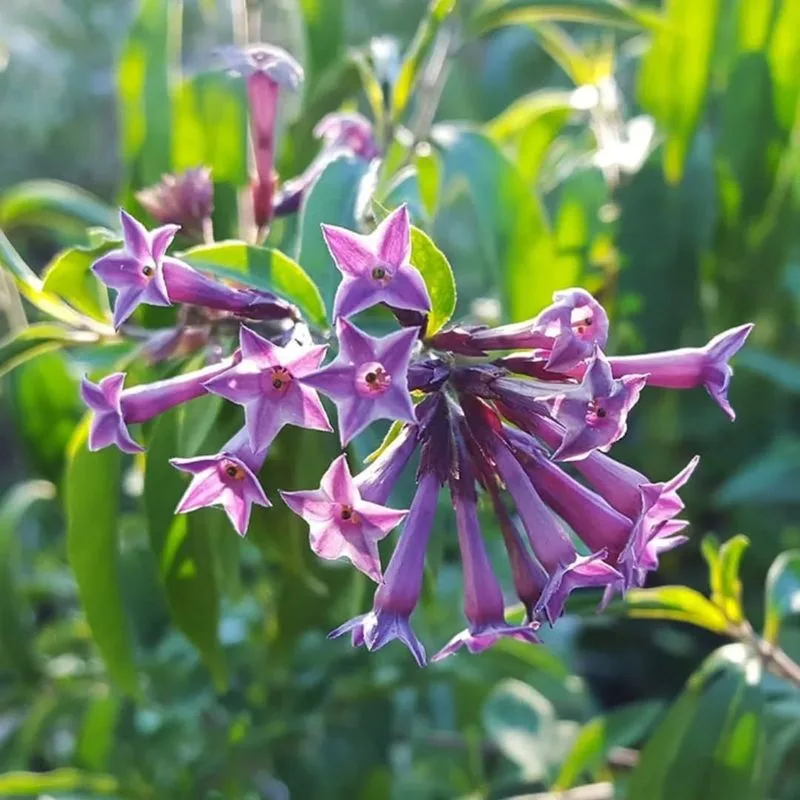
Imagine stepping outside at midnight and being enveloped by the intoxicating aroma of jasmine. This ethereal plant saves its most fragrant blossoms for the night, a strategic move to attract nocturnal pollinators like moths. Its flowers open at dusk, releasing a sweet scent that fills the air. This night-time strategy ensures successful pollination when competition is less fierce. Native to South Asia, the night-blooming jasmine is both practical and enchanting, casting a spell on anyone fortunate enough to encounter it during its nightly bloom.
Moonflower

As dusk falls, the moonflower unfurls its large, trumpet-shaped blooms, greeting the evening with a spectacular display. These flowers only open during the night, drawing in nocturnal creatures with their alluring fragrance. The moonflower’s ephemeral beauty is enhanced by the soft glow of moonlight, creating a truly mesmerizing scene. Originating in tropical regions, this vine climbs effortlessly, transforming fences and trellises into nighttime masterpieces. Known for its rapid growth, the moonflower can evoke a sense of wonder and whimsy to any garden.
Evening Primrose
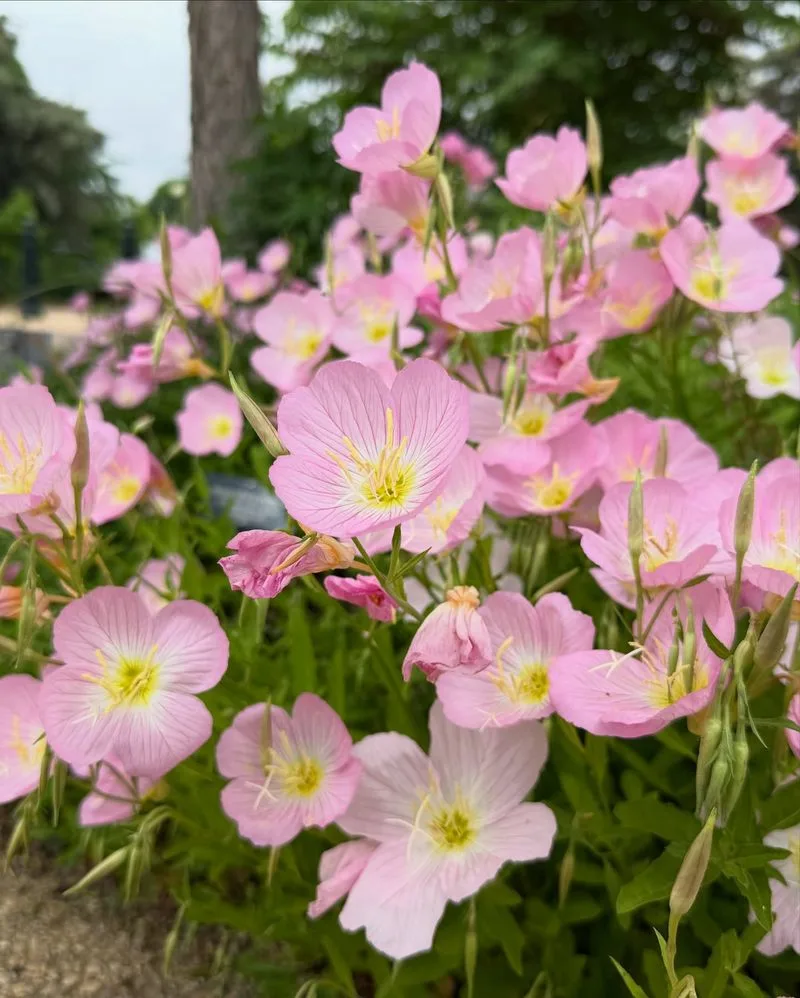
Picture a delicate blossom that responds to the setting sun by coming to life. The evening primrose does just that, opening its petals as darkness descends. This plant’s vibrant yellow flowers are a nocturnal beacon, attracting night-flying insects. Not only is it visually captivating, but it also plays a crucial role in nighttime ecosystems. Often found in meadows and open fields, the evening primrose can be a delightful addition to those seeking a touch of nocturnal magic in their garden.
Tuberose

Tuberose stands out with its enchanting fragrance that intensifies as the sun sets. Originally from Mexico, this plant’s blossoms create a sensual atmosphere, captivating anyone nearby. The tuberose’s fragrance is so alluring that it has been used in perfumes for centuries. Its waxy, white flowers are as visually appealing as they are aromatic. By filling the night air with its scent, the tuberose ensures that nocturnal pollinators are drawn to its blooms, perpetuating its life cycle while offering a sensory delight to nighttime wanderers.
Four O’Clock Flower
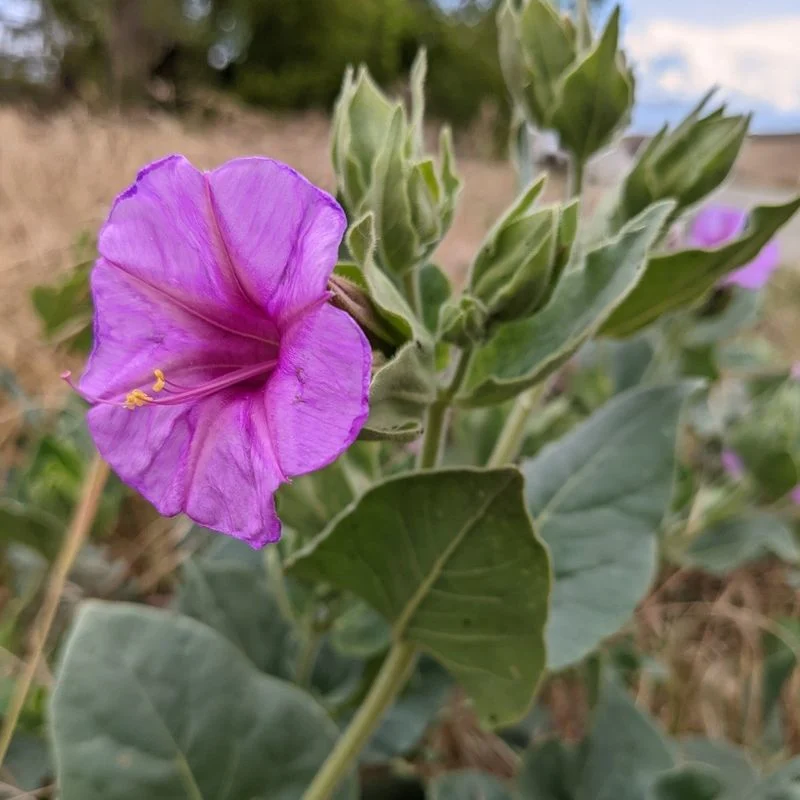
The four o’clock flower brings a touch of unpredictability with its late afternoon blooms. Unlike its nocturnal peers, it opens as the day winds down, providing a bridge between day and night. This charming plant boasts a variety of colors, from pinks to yellows, ensuring a lively display as the sun sets. Its adaptability and ease of growth make it a favorite among gardeners. Originating from Peru, the four o’clock flower adds a splash of color just when you think the day is ending, proving that nature always has a surprise.
Queen of the Night Cactus

Only a select few get to witness the magnificent bloom of the Queen of the Night cactus. Known for its fleeting beauty, this cactus produces large, white flowers that open exclusively at night. Native to arid regions, it defies the harsh environment by thriving in the dark. Its blossoms are a rare spectacle, often opening just once a year, making it a highly anticipated event among plant enthusiasts. As one of nature’s exquisite wonders, the Queen of the Night cactus remains an enigma, leaving an everlasting impression on those who observe its blooms.
Brahma Kamal
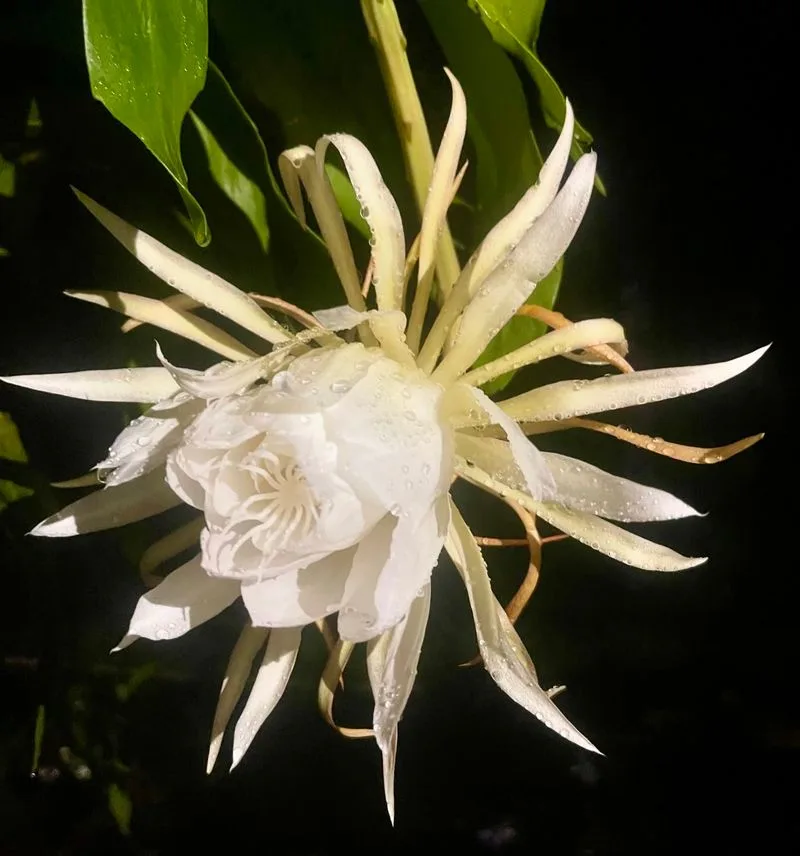
Deep in the Himalayas, the Brahma Kamal blooms under the cloak of night, revered for its spiritual significance. This rare flower is a sight to behold, with its large, white petals glowing in the moonlight. Celebrated in local folklore, it is associated with Lord Brahma, adding a mystical aura. The Brahma Kamal’s nocturnal blooming is not just about survival; it’s a sacred ritual that captivates both locals and botanists. Its ethereal presence in the cool mountain air creates a truly otherworldly experience, etching a lasting memory for those fortunate enough to witness it.

